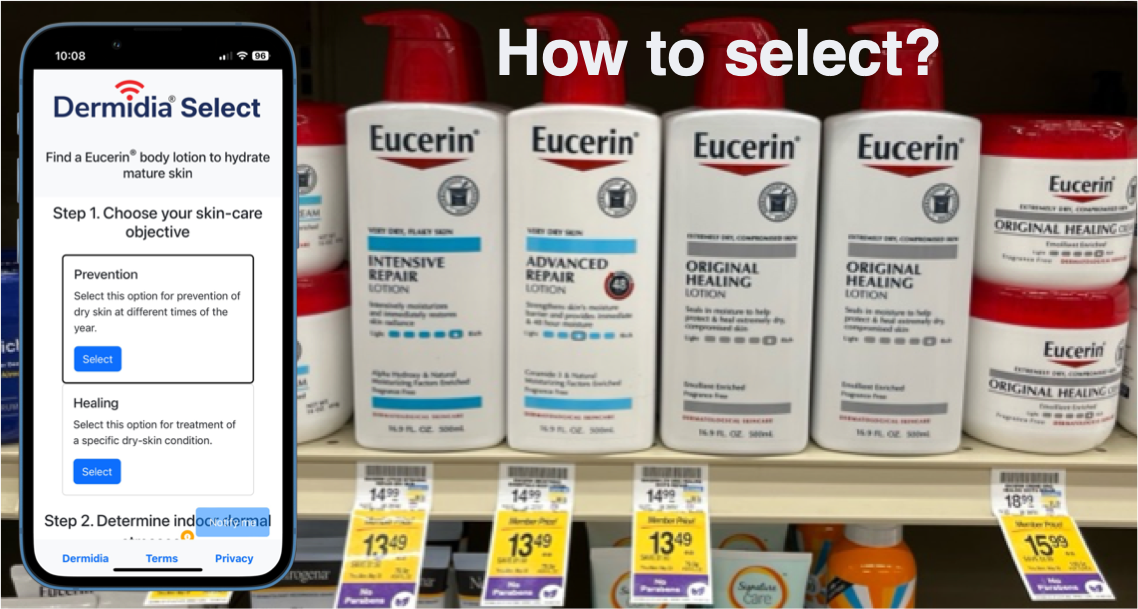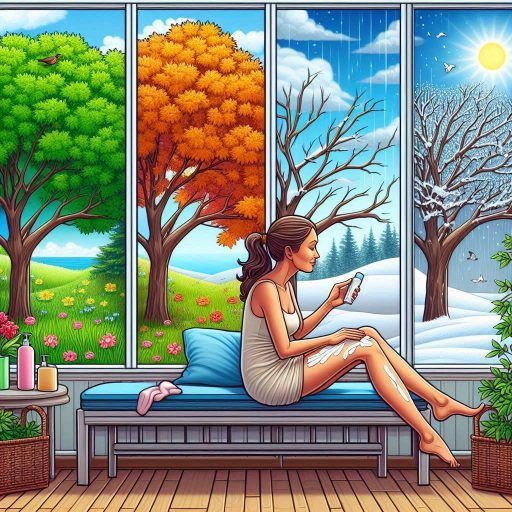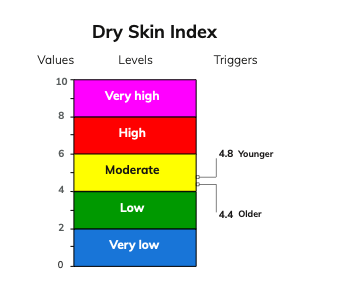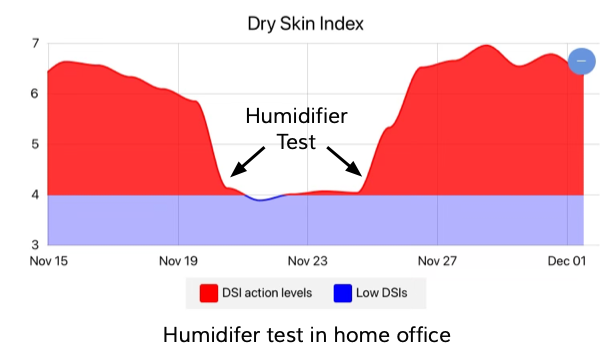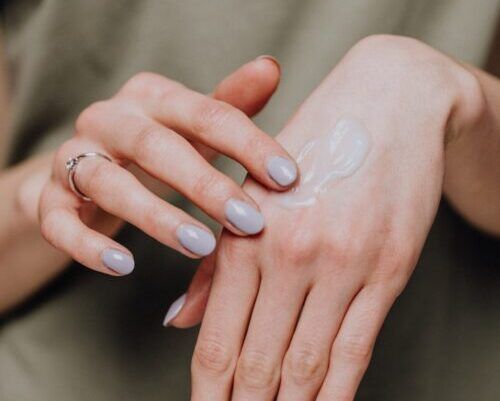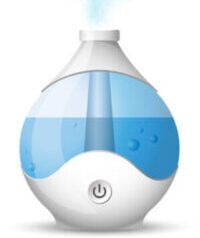Dermidia Select: A Web App for Selecting Eucerin® Lotions
Dermidia Select is a great web-based app that guides you to a Eucerin® lotion based on your skincare needs and indoor conditions. Eucerin® lotions not only treat dry skin, they can also be used to keep skin hydrated all year round!
As we get older, taking care of our skin becomes more important. This is because the skin’s protective layer changes and becomes less effective. Use this app on your laptop or smartphone (no app store needed!) to see what lotion is recommended for current conditions. This is a lot faster than trying to select a lotion online or in a store!
People choose a moisturizing body lotion for two main reasons. One is to stop skin from drying out, and the other is to heal dry skin. With so many lotions out there, picking the right one can be tricky.
Select Lotions for Prevention
Changes in the weather can affect indoor conditions and dry out your skin. That’s why it’s important to adjust your skin-care routine as needed. Dermidia Select suggests lotions based on the current Dry Skin Index predicted for where you live.
This app uses a special model to predict indoor skin stresses. It links current weather conditions to the Dry Skin Index. This model is designed for detached, wood-frame houses in the USA. Therefore, the predictions might not match exactly with your housing situation. Importantly, Dermidia Select also includes the option for receiving a weekly notification of the expected drying conditions for the next week.
Select Lotions for Healing
The longer skin is exposed to indoor dermal stresses, the greater the risk of feeling and observing dry-skin symptoms. If left untreated, skin can become flaky, rough, and even itchy.
For each skin condition listed below, the web app recommends a Eucerin® lotion that specifically targets the dry skin symptom of interest.
- Dry skin
- Very dry skin
- Very dry, flaky skin
- Extremely dry, rough skin
It may take several days to see improvement in your skin. For best results, apply lotions after you shower. Once you have restored your skin’s hydration, consider a daily prevention regimen using lotions based on the level of the Dry Skin Index predicted by the app.
Summary
Dermidia Select is a simple and convenient way to find the best Eucerin® lotion for your skin. Whether you want to prevent or heal dry skin, this web app can guide you to the right product based on your needs and indoor conditions. You can also buy the recommended lotions online through Amazon links. Try Dermidia Select today and see the difference in your skin!
Check out this video for a review of the key features of this web app.
